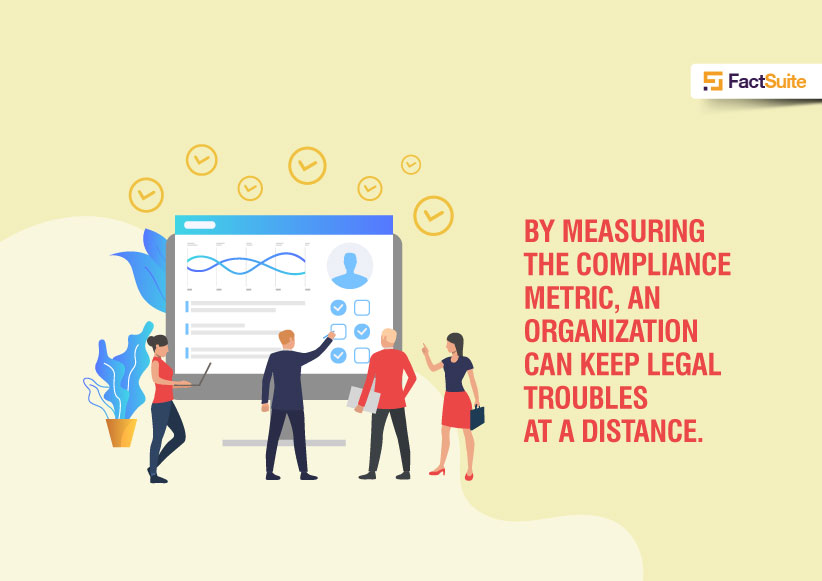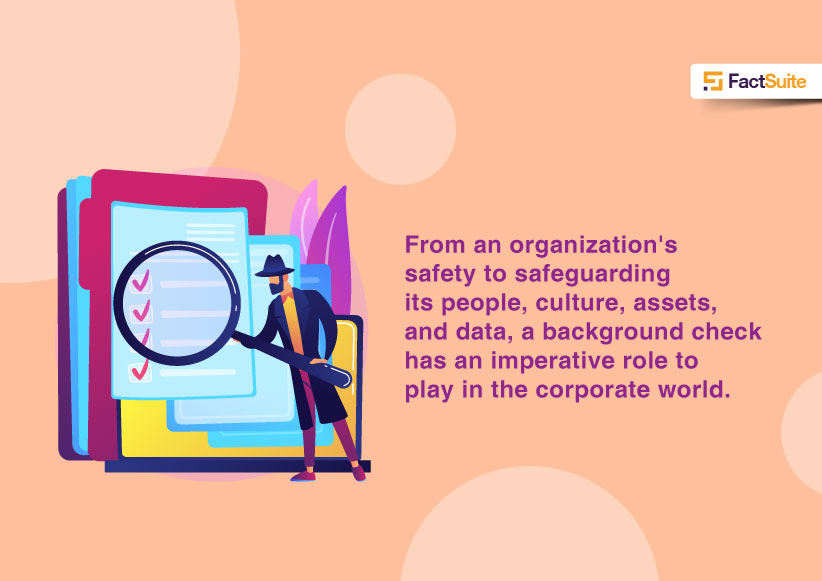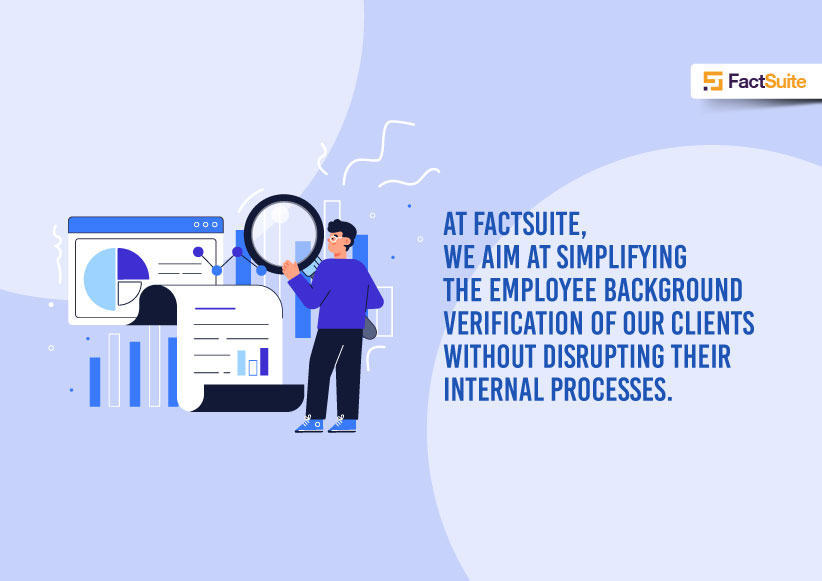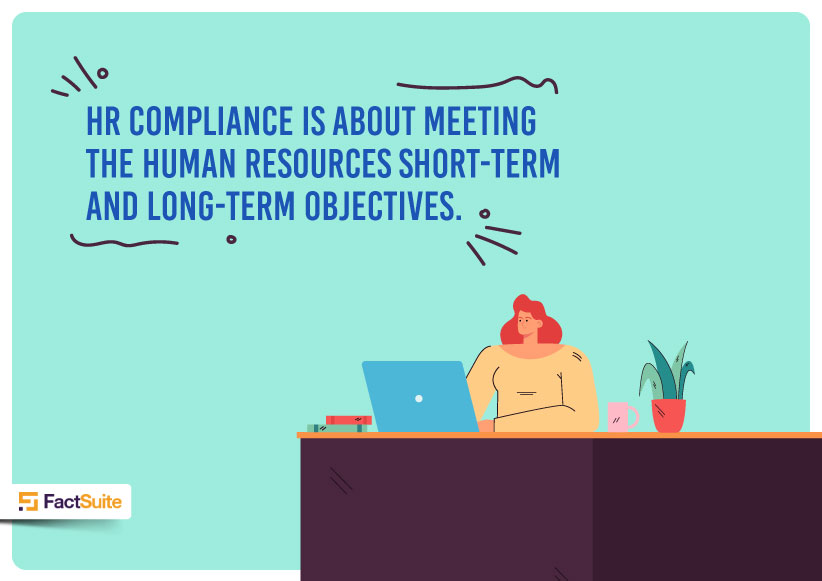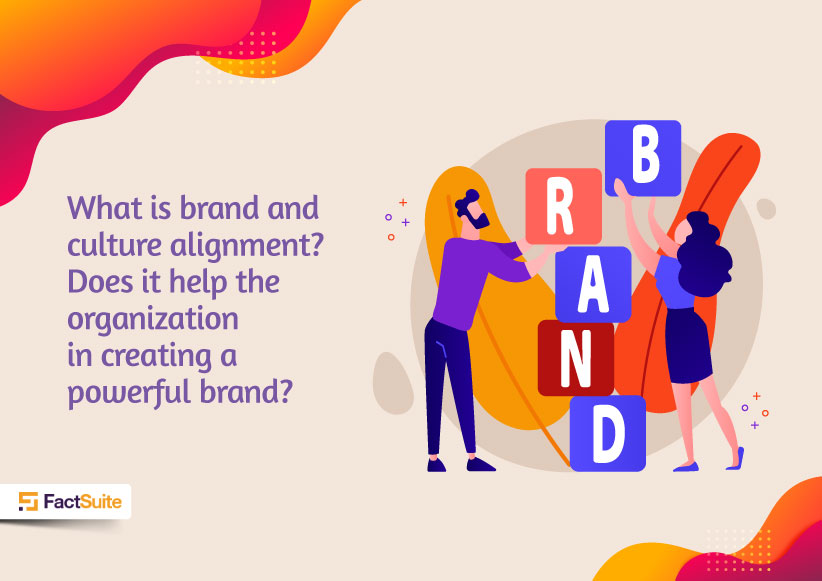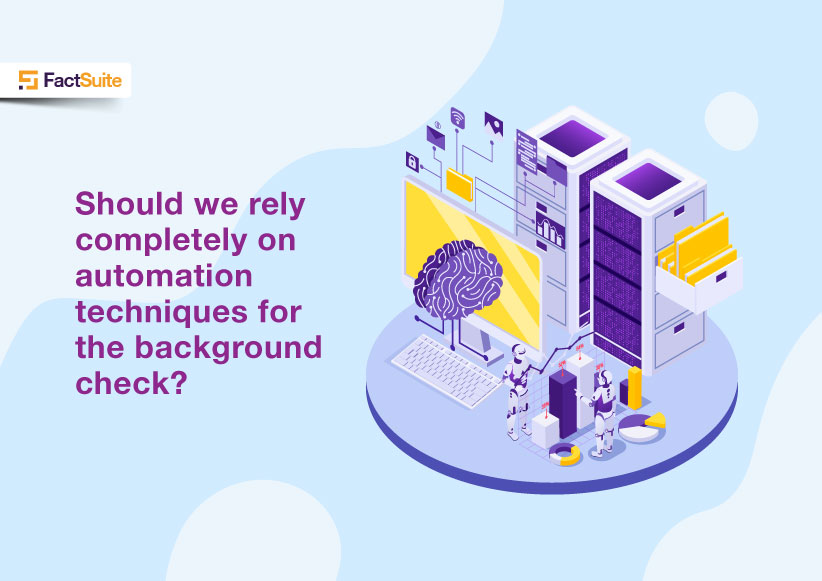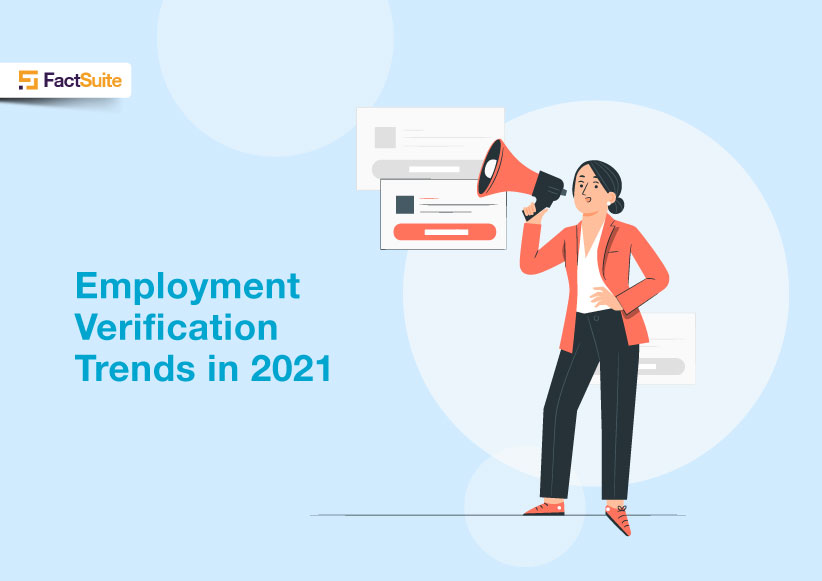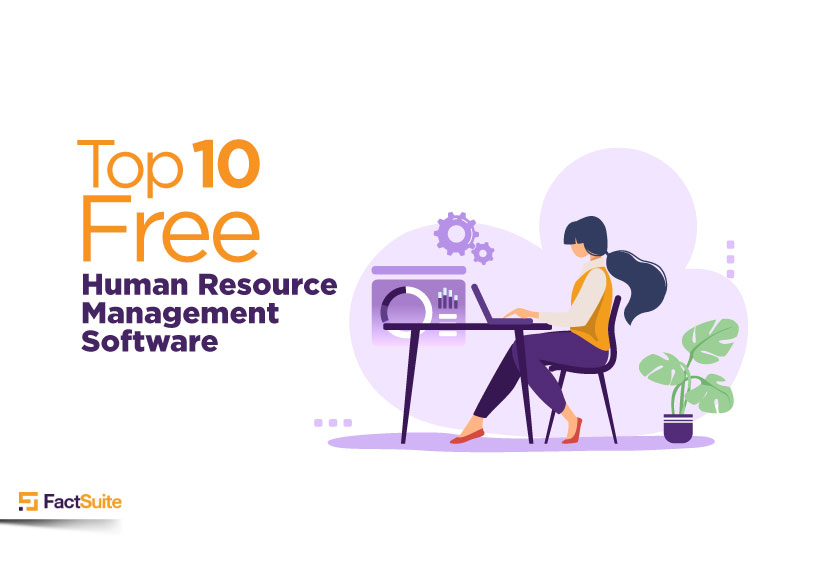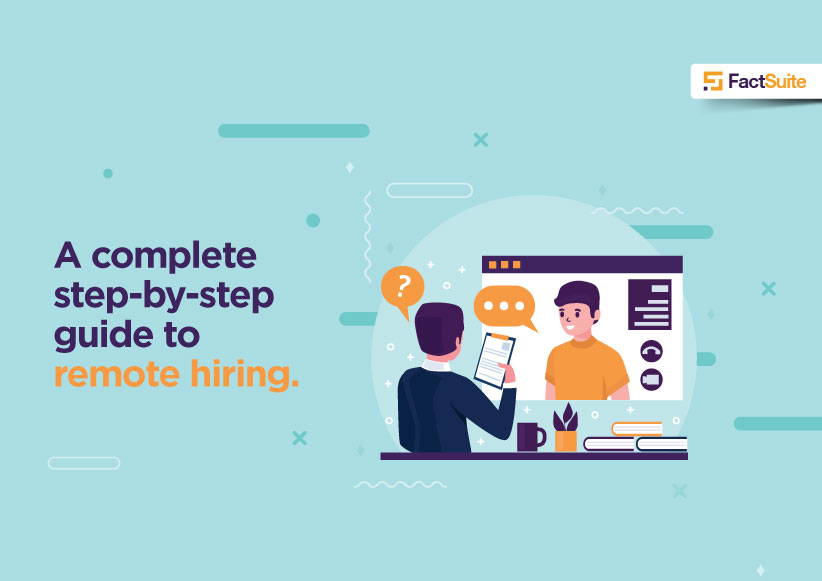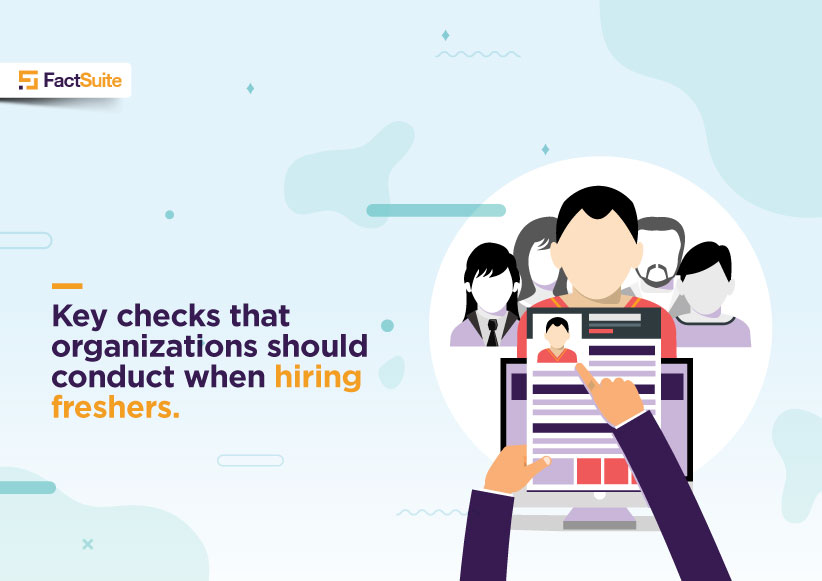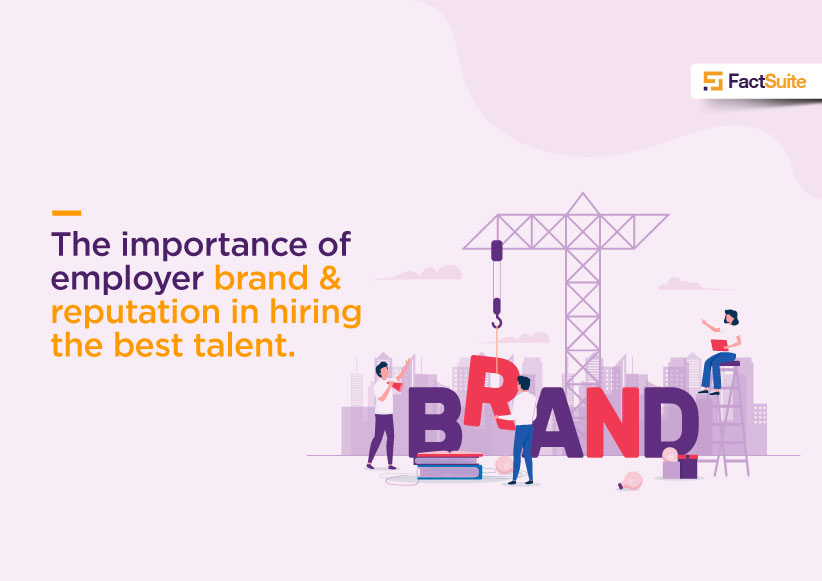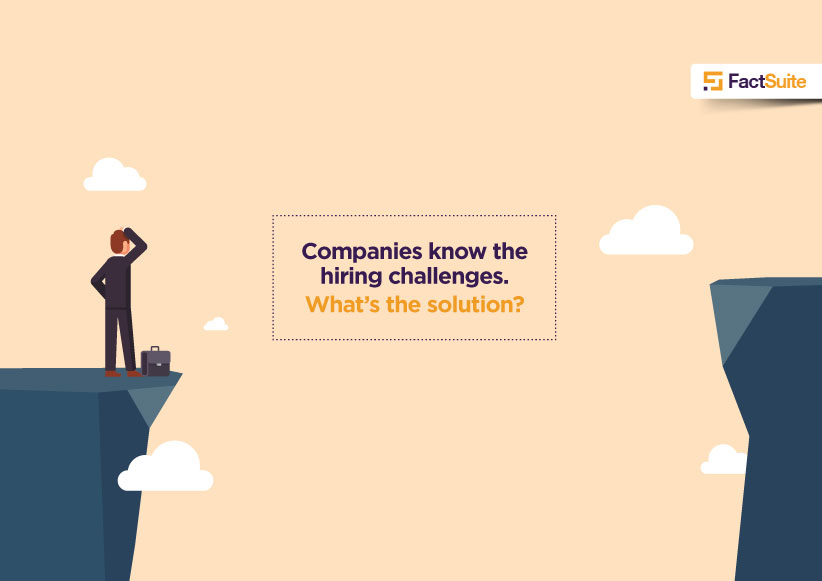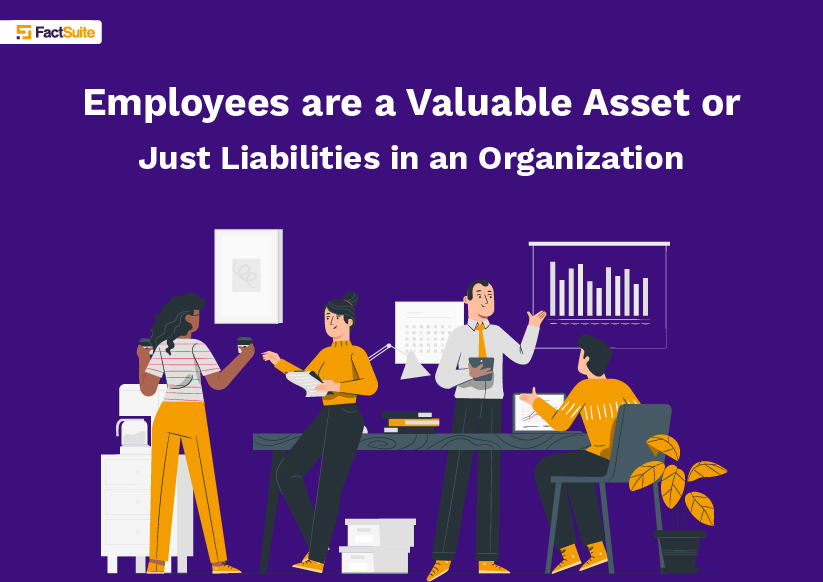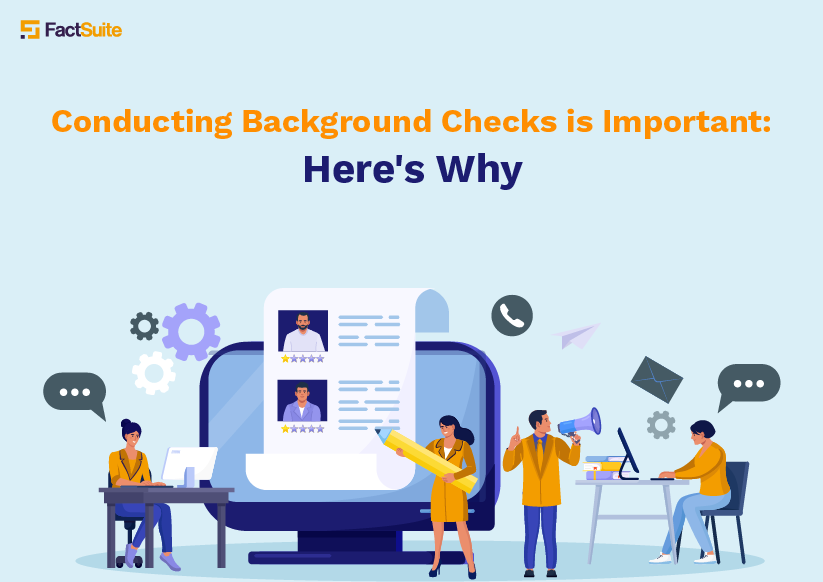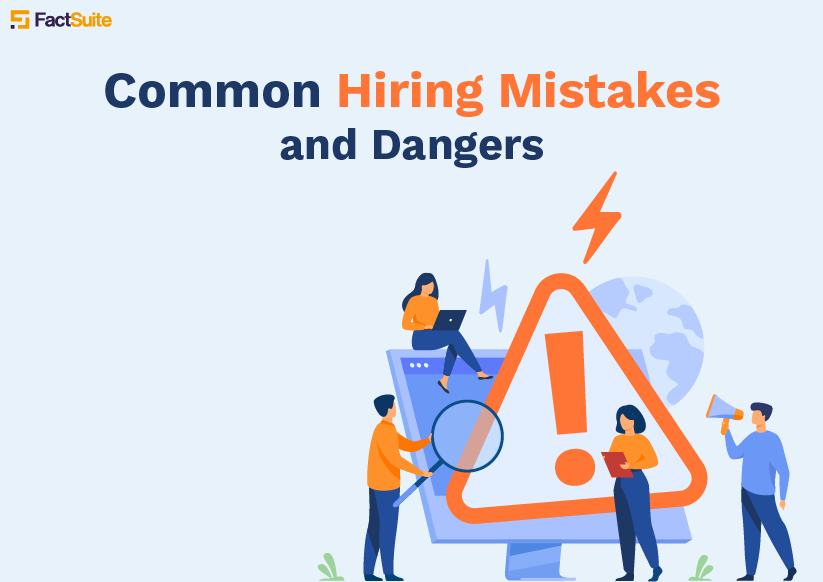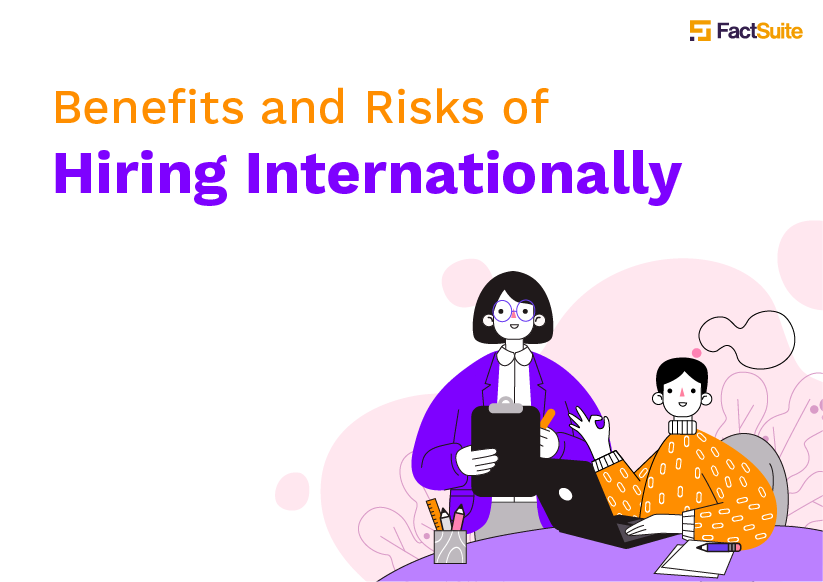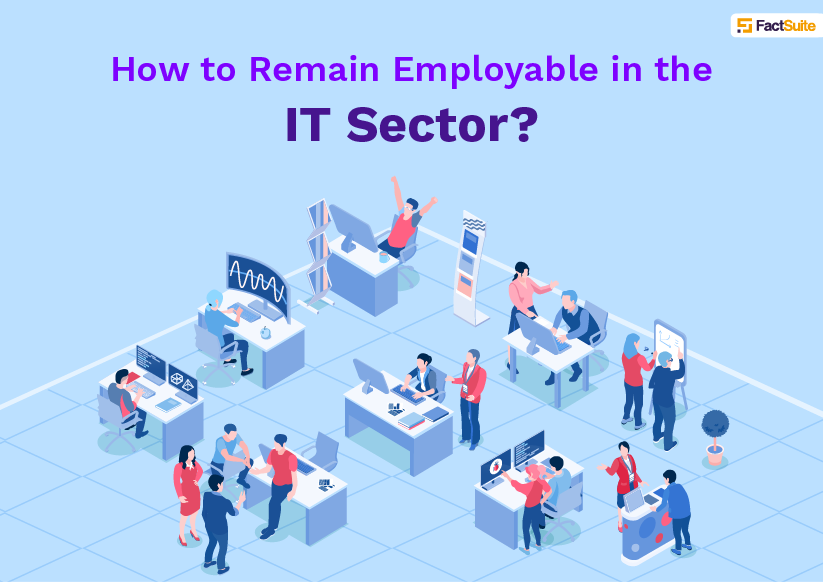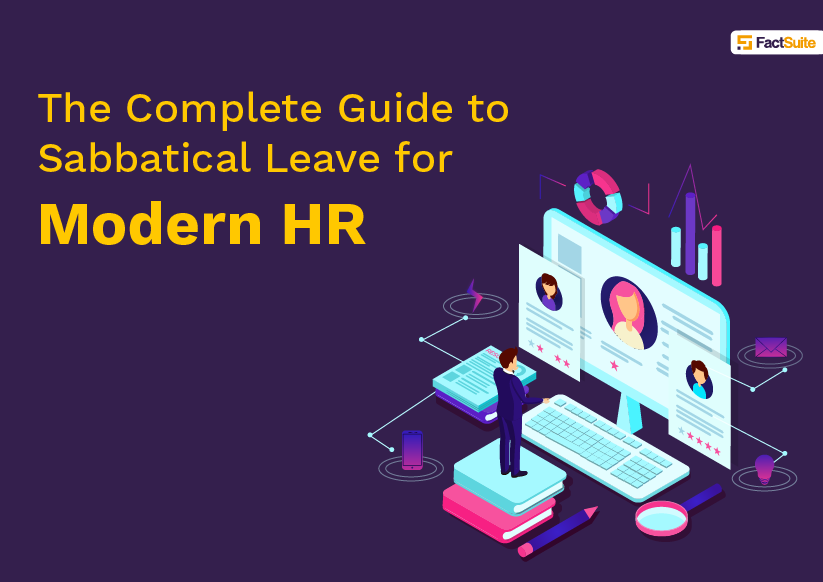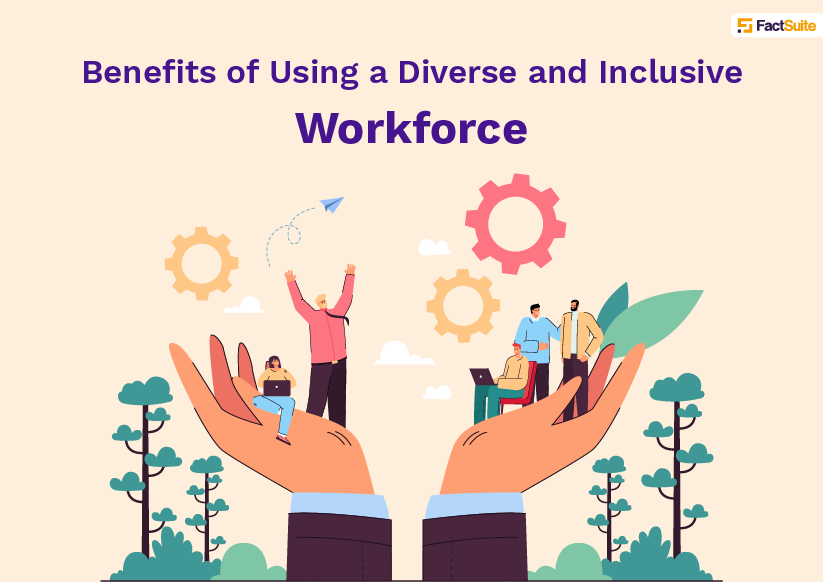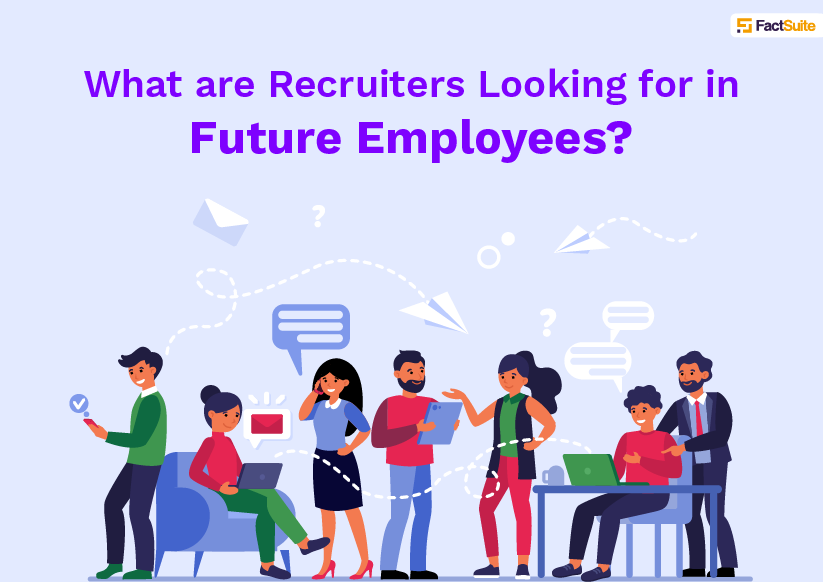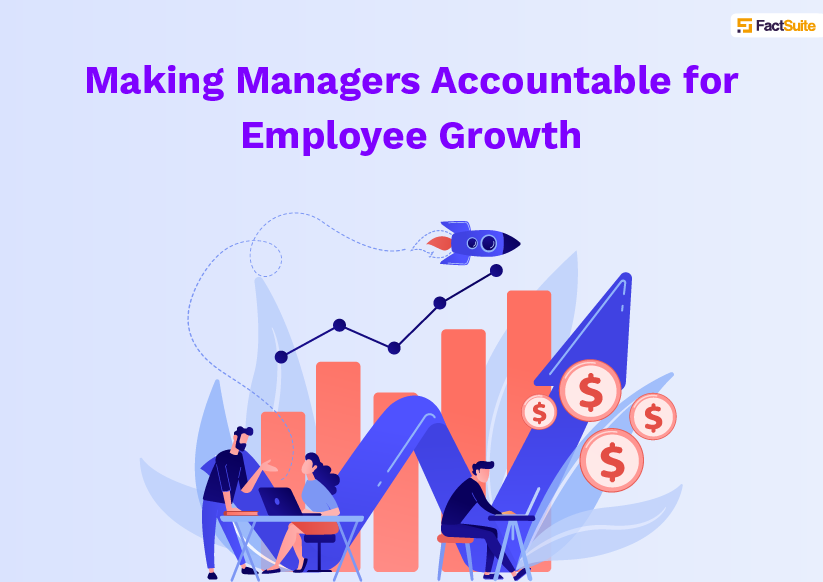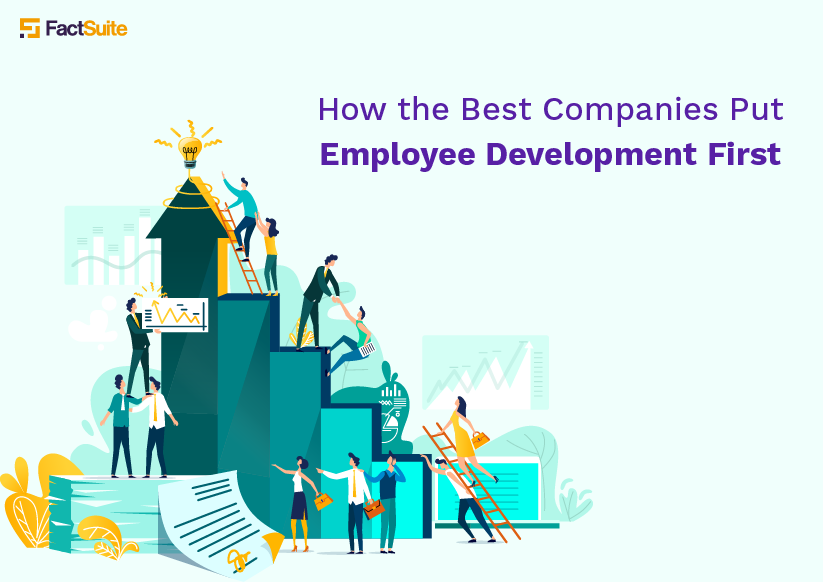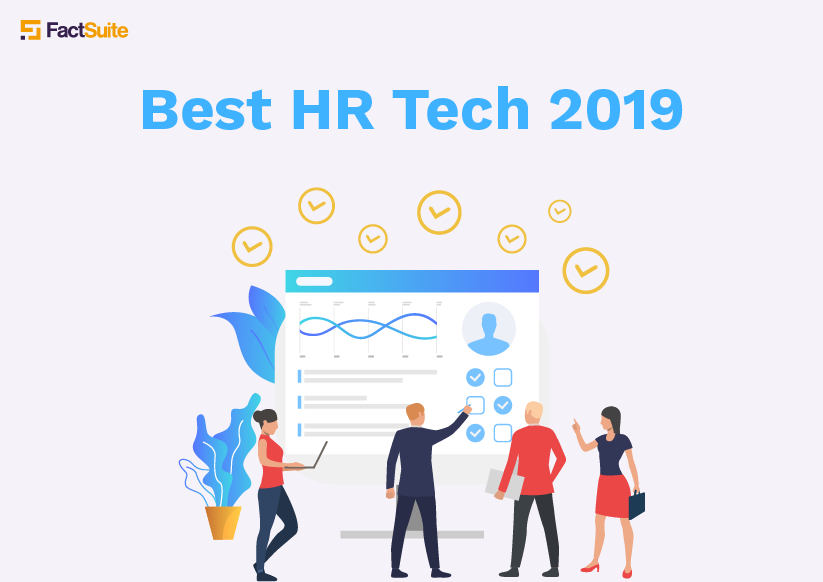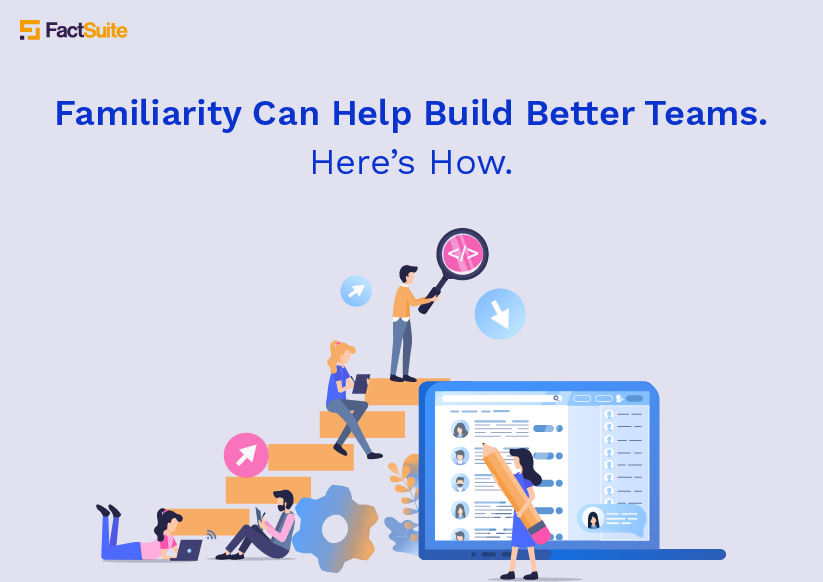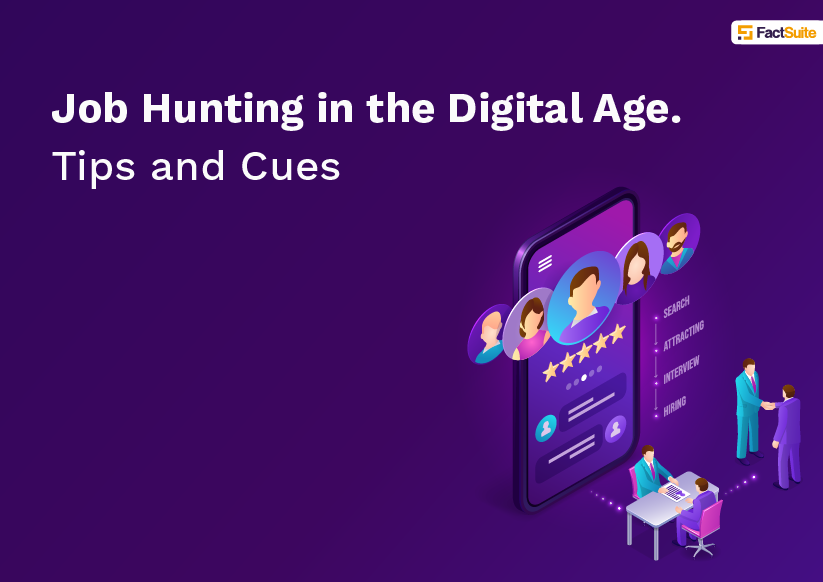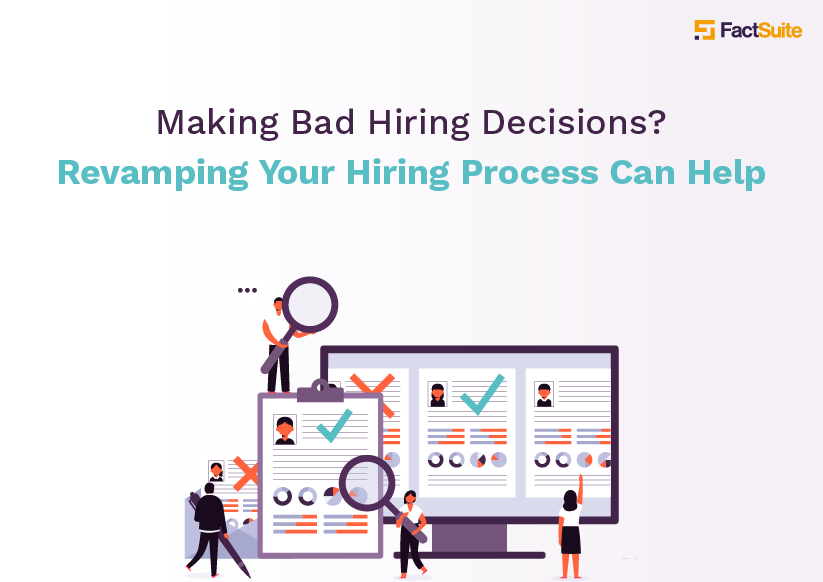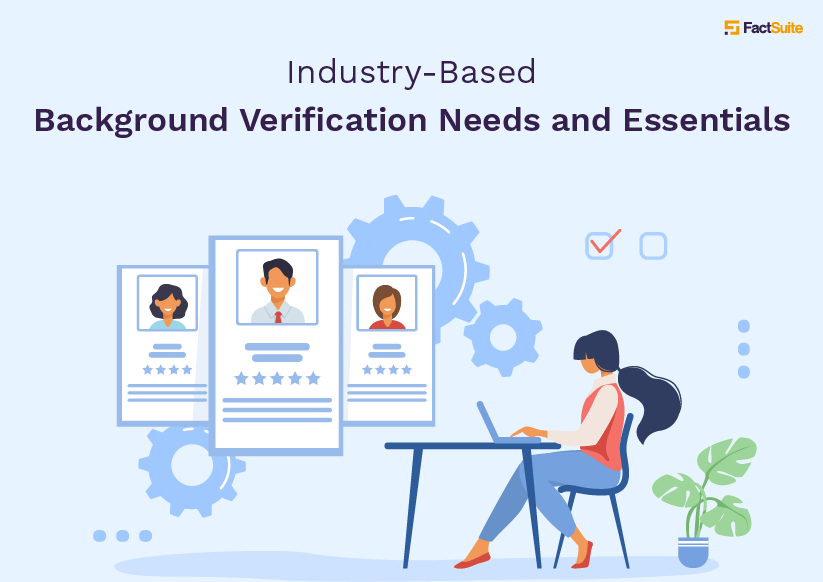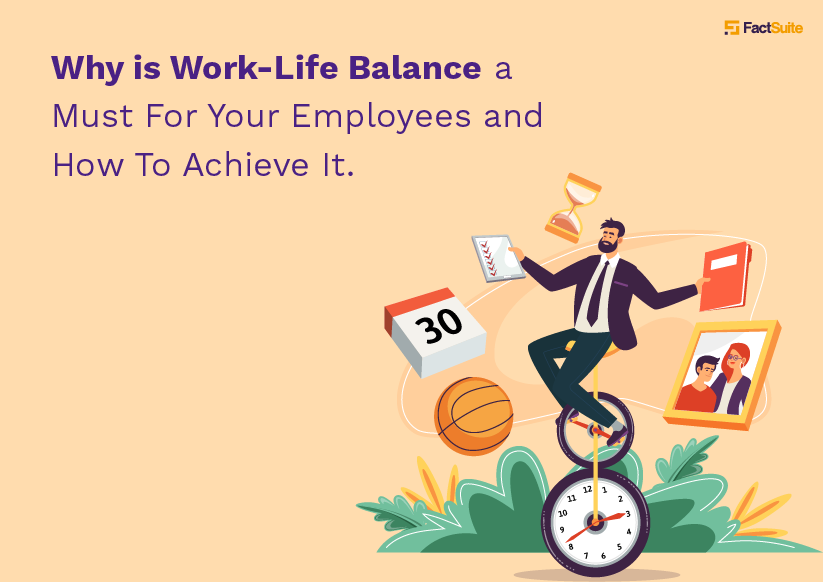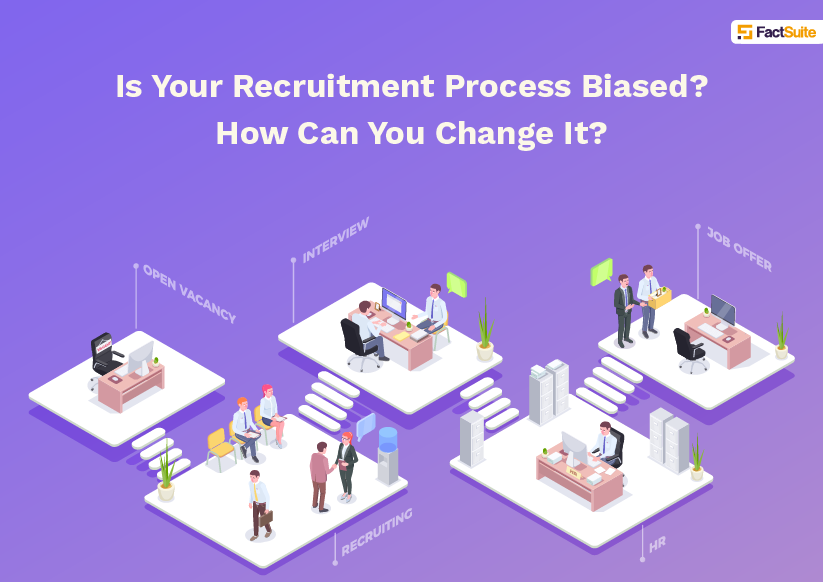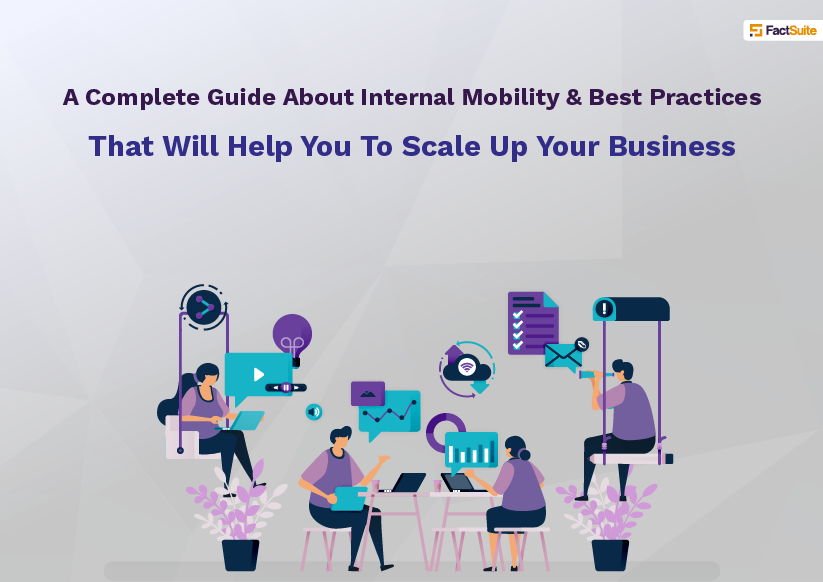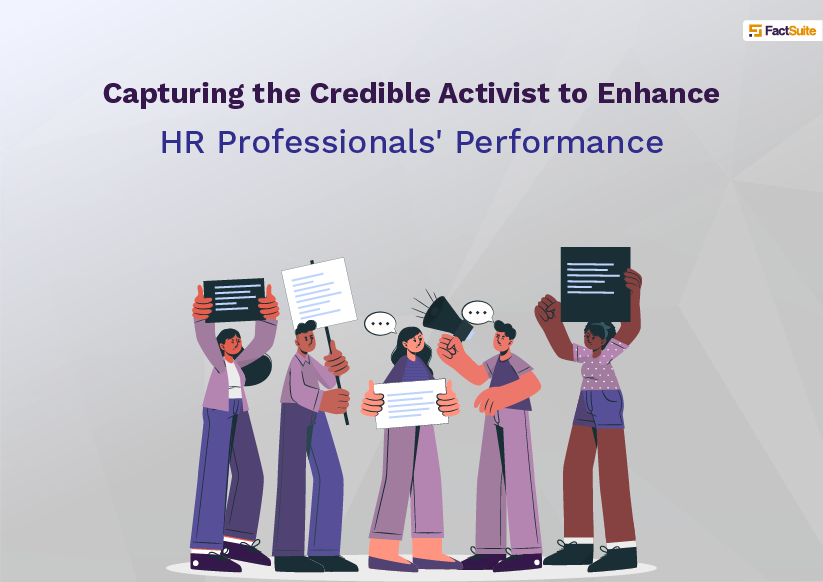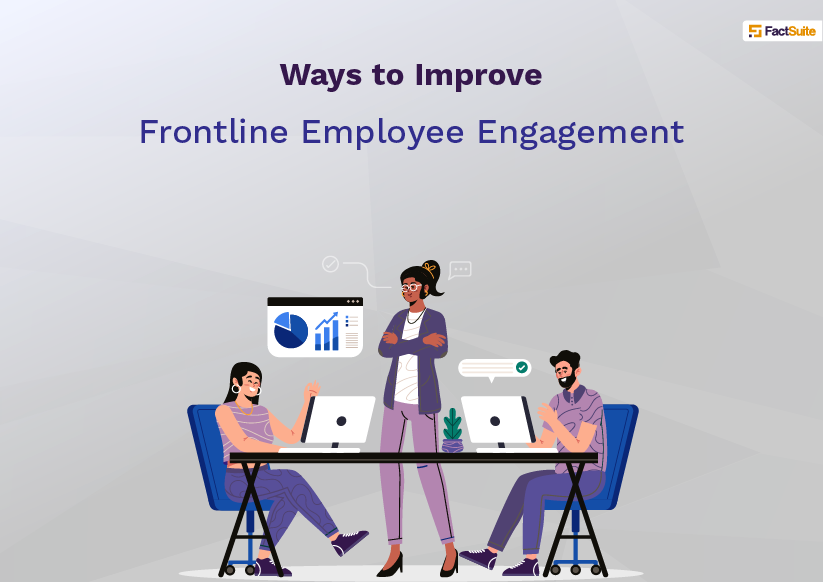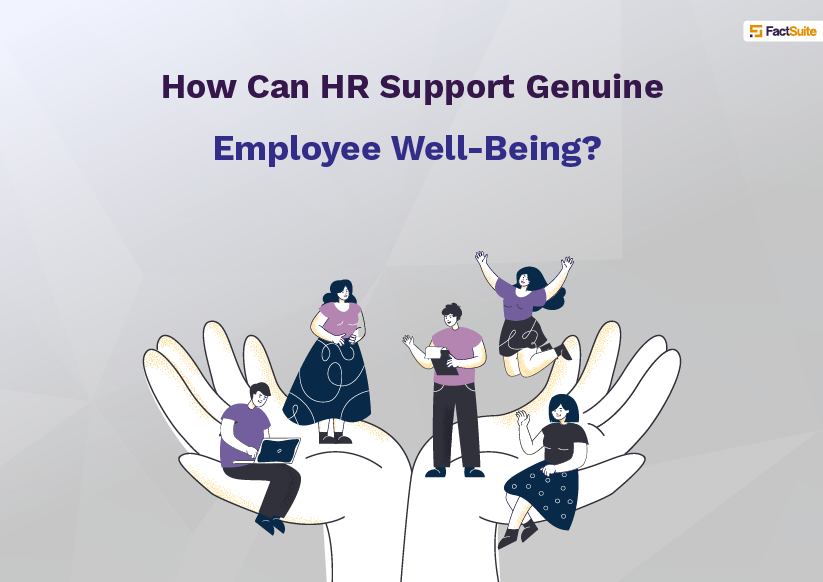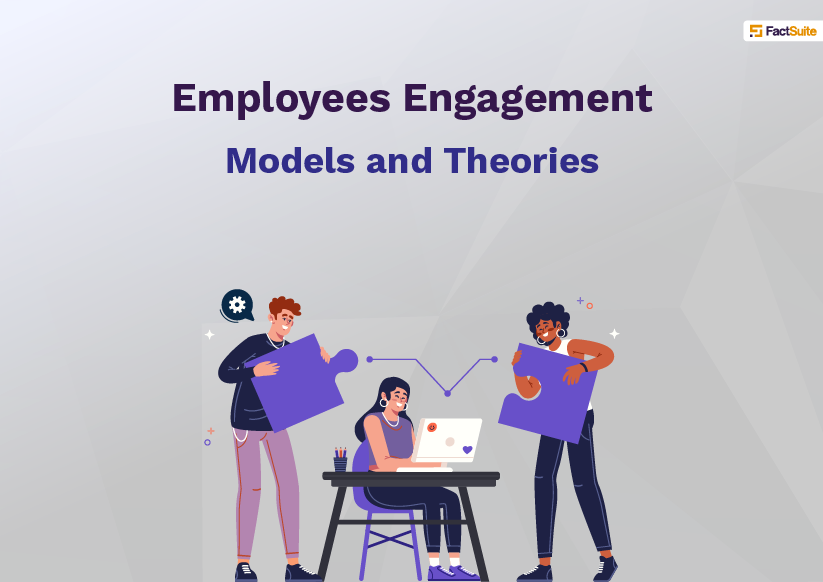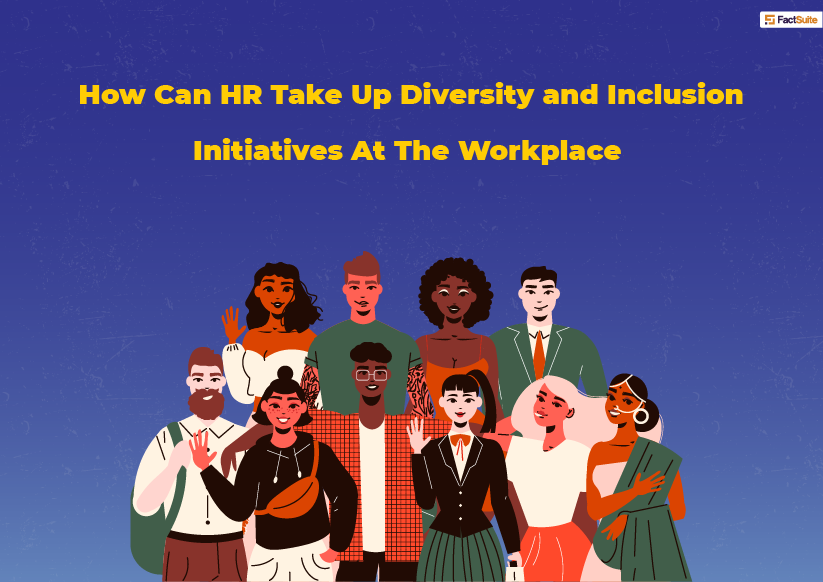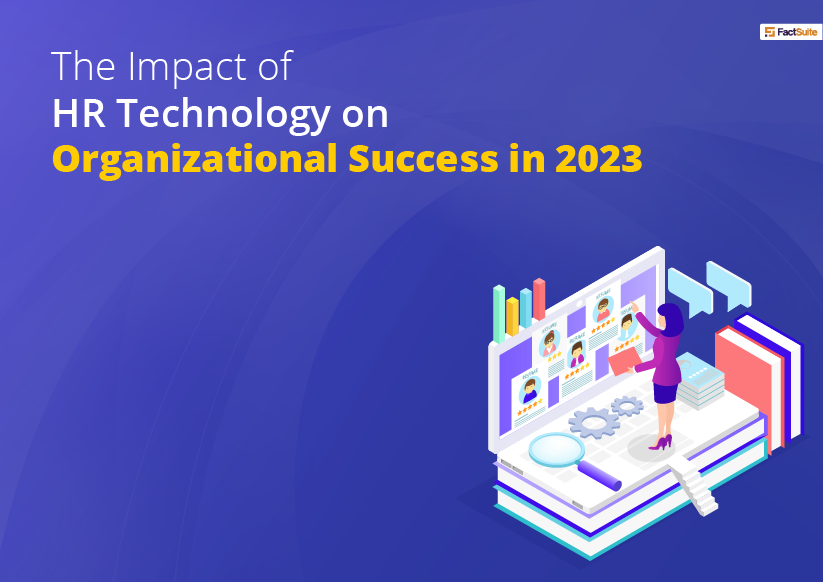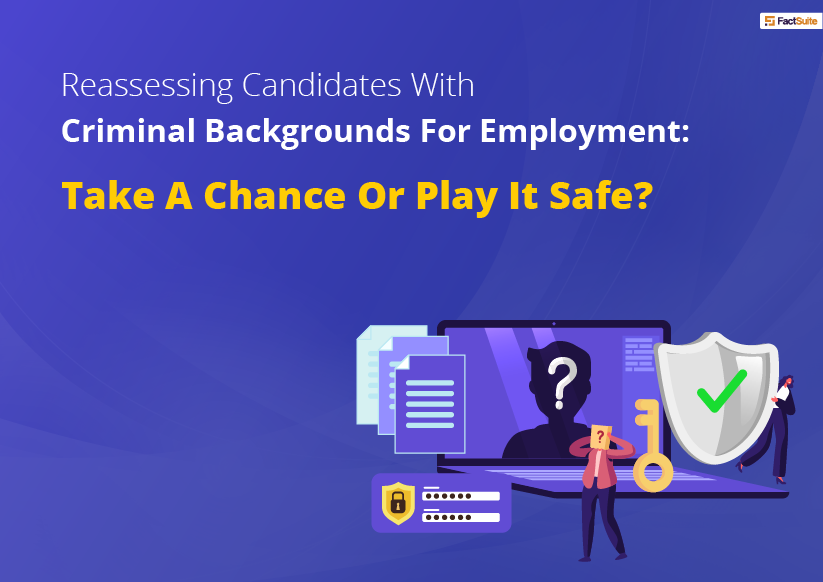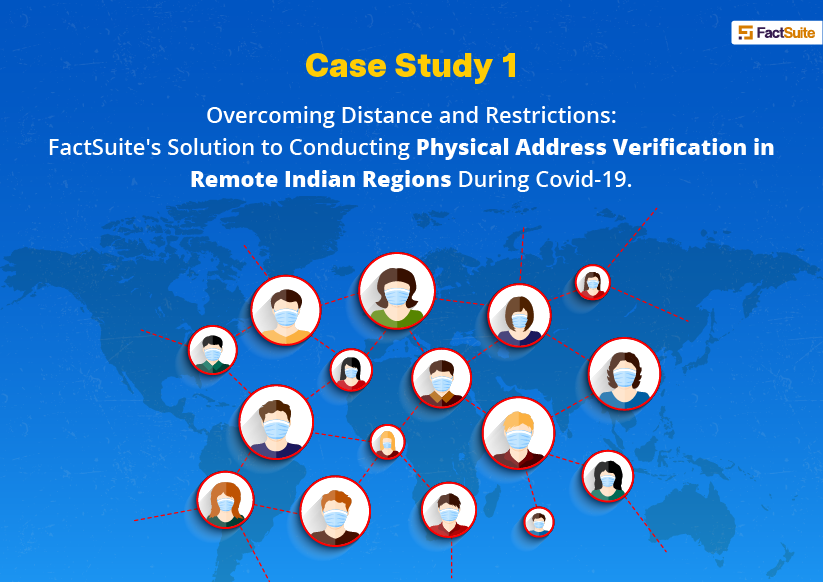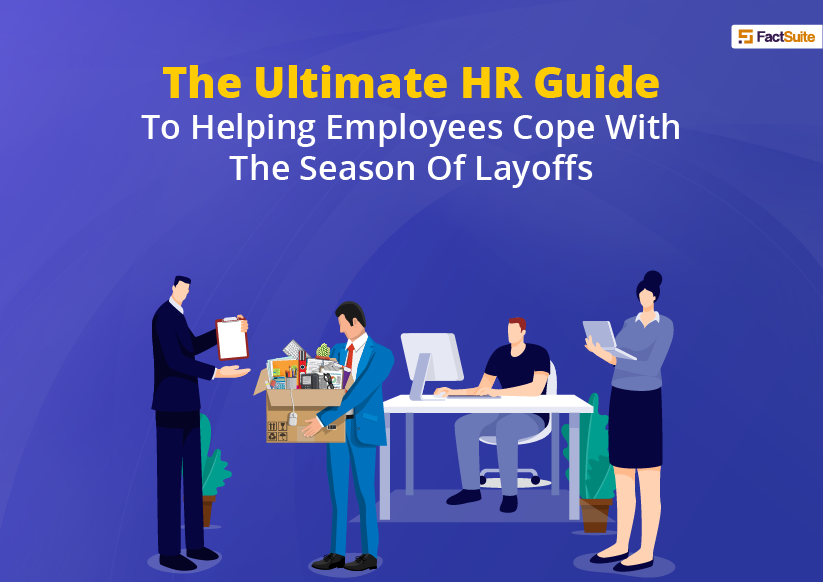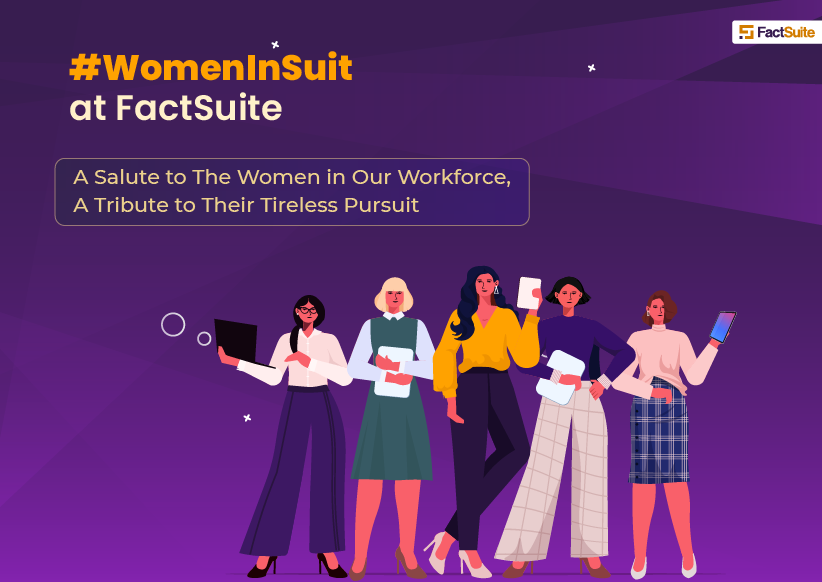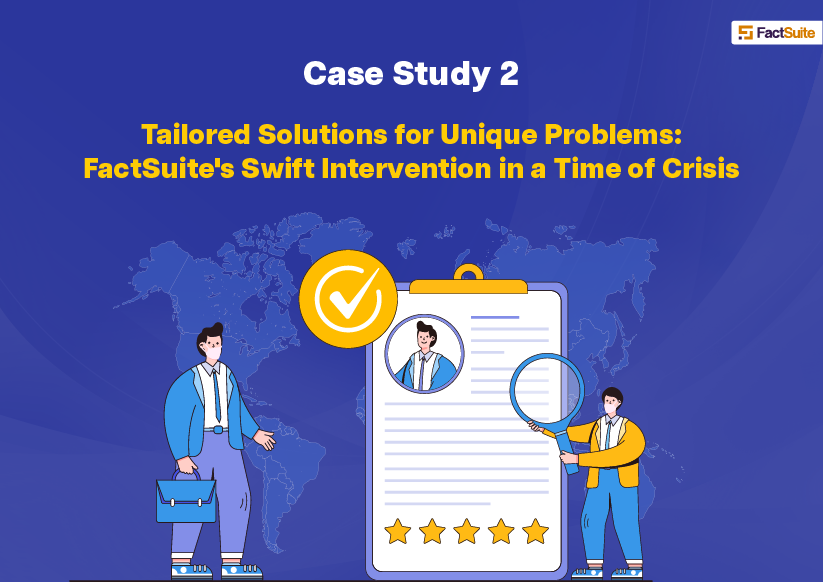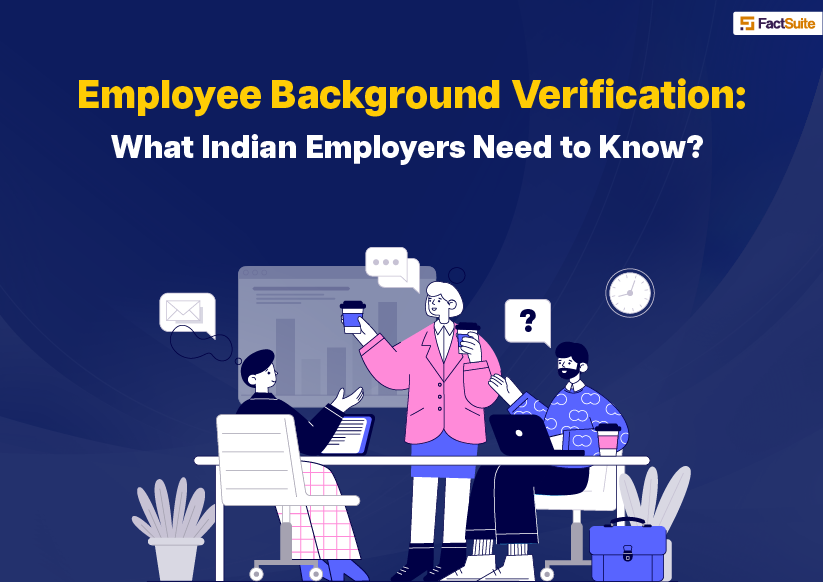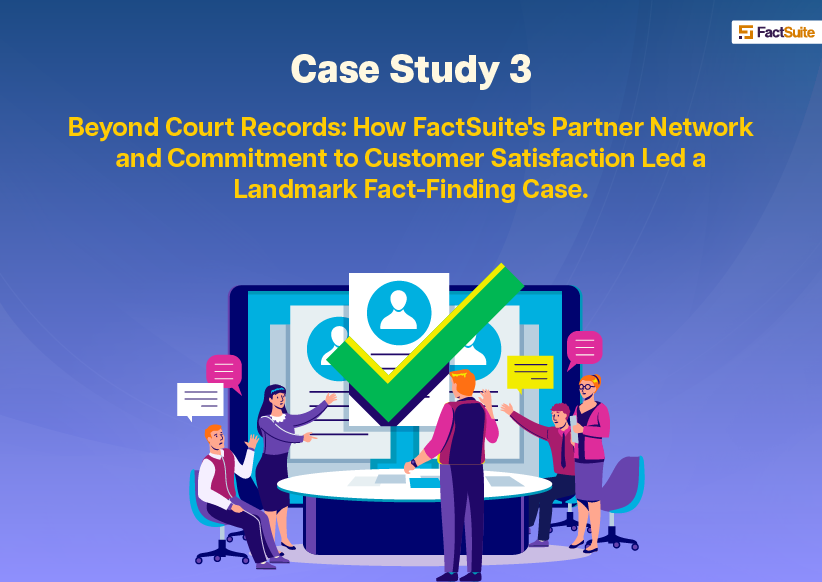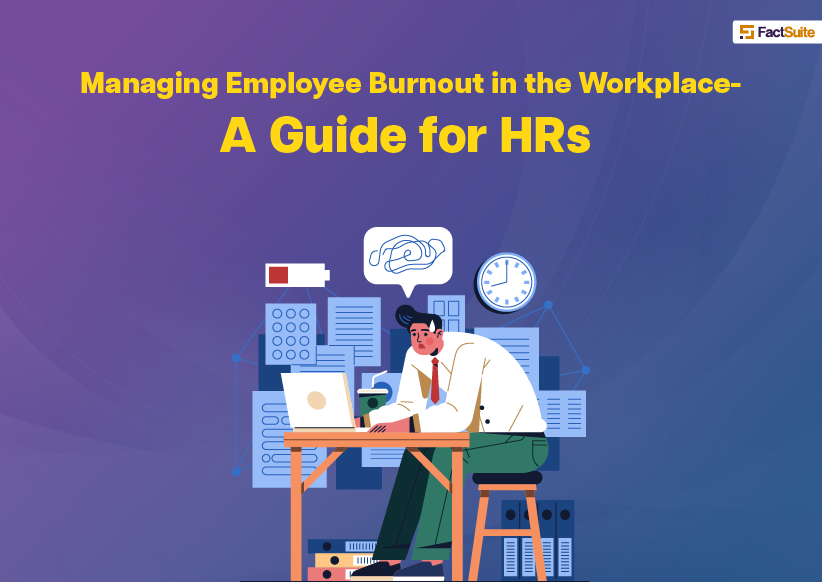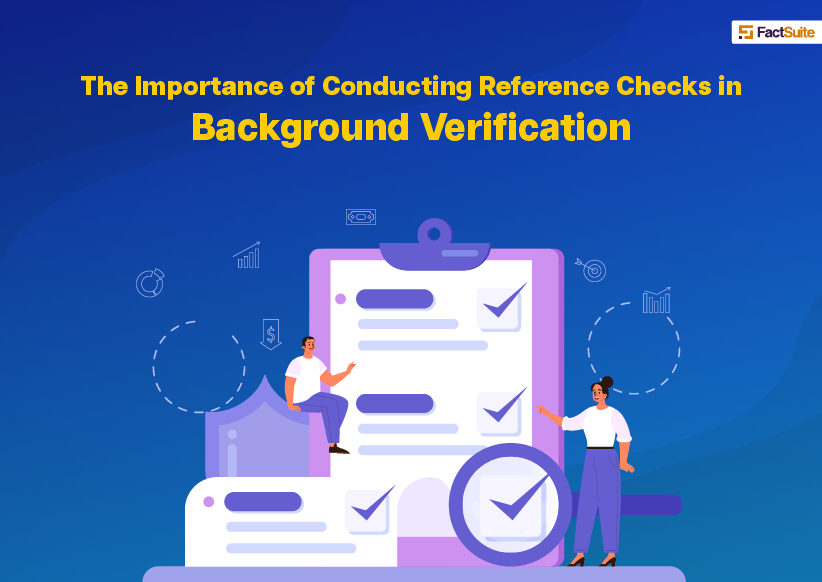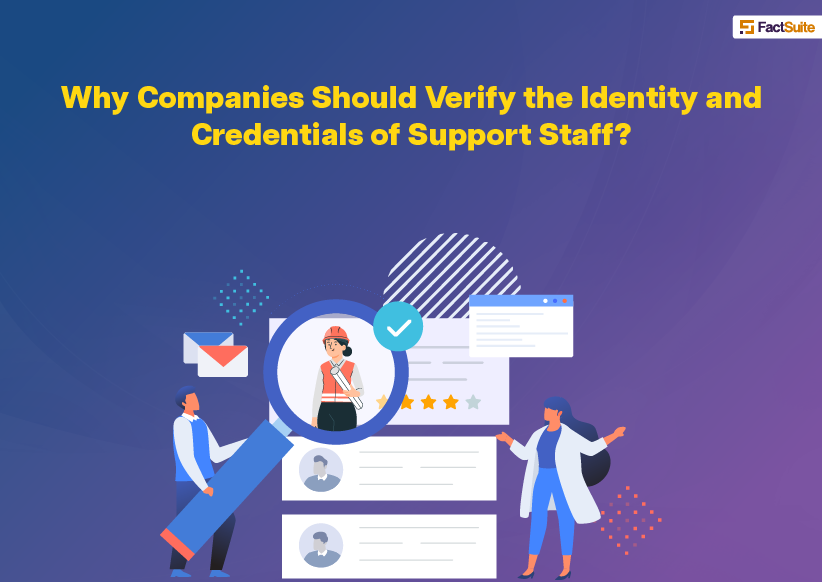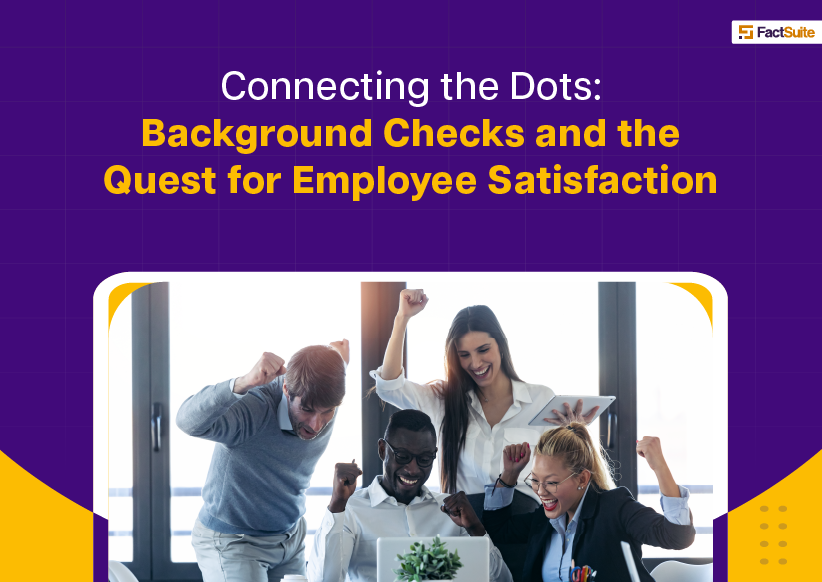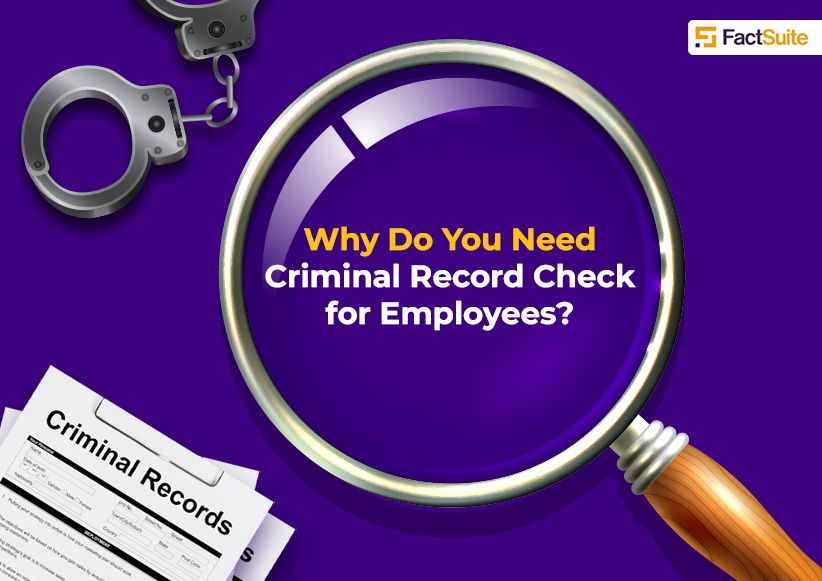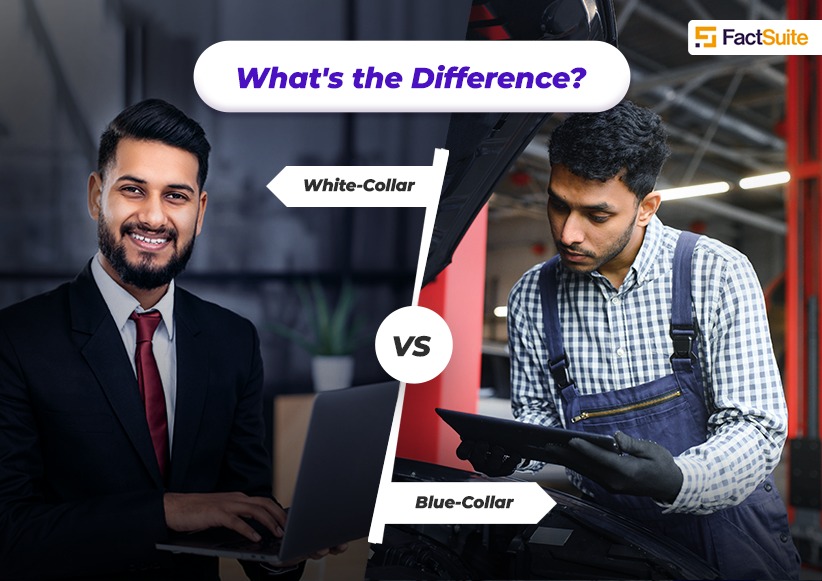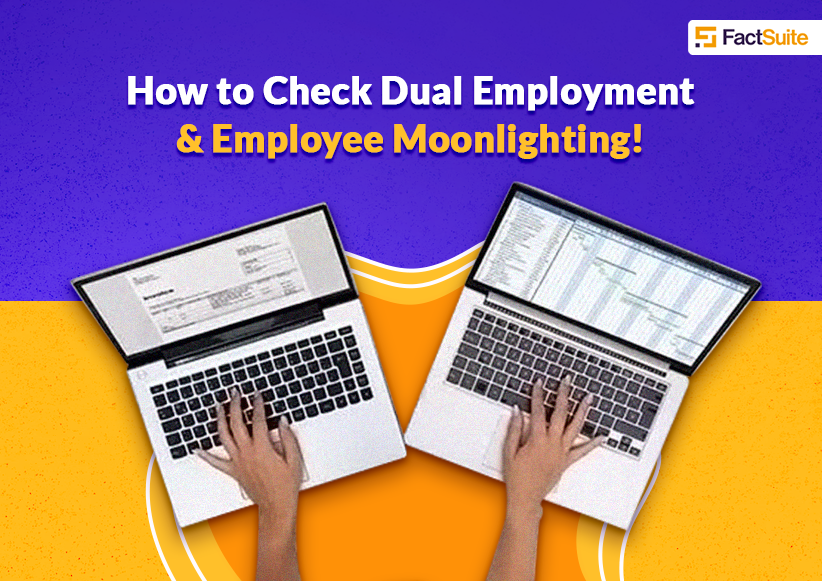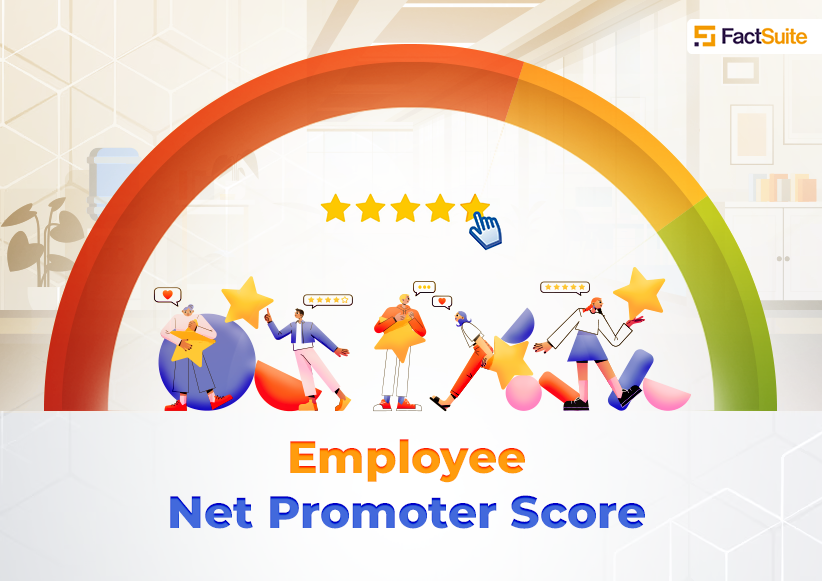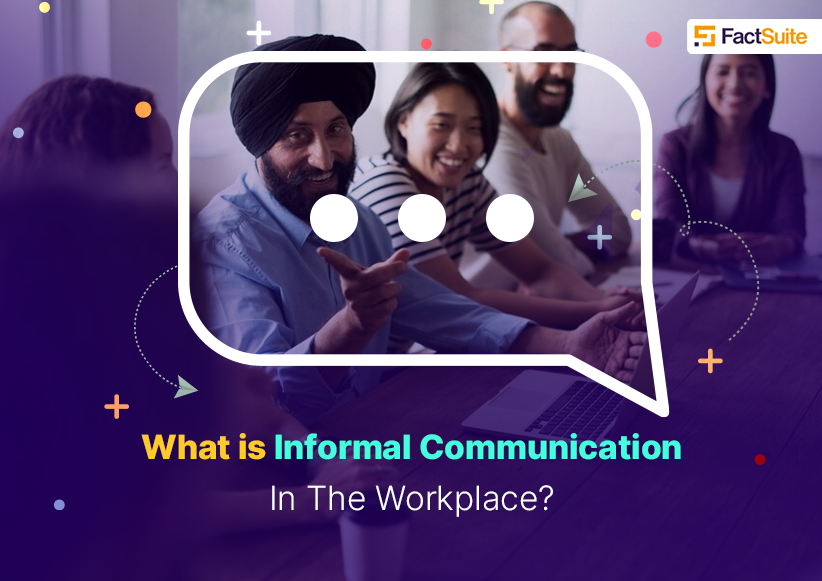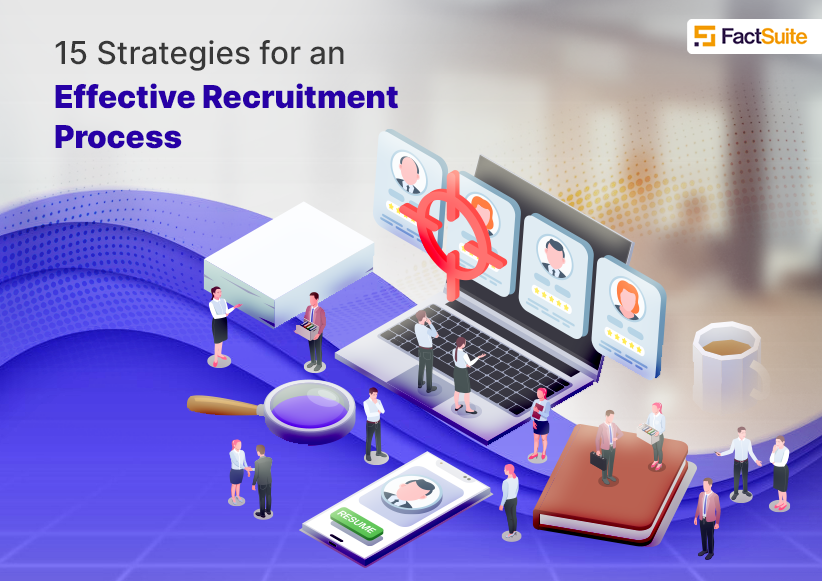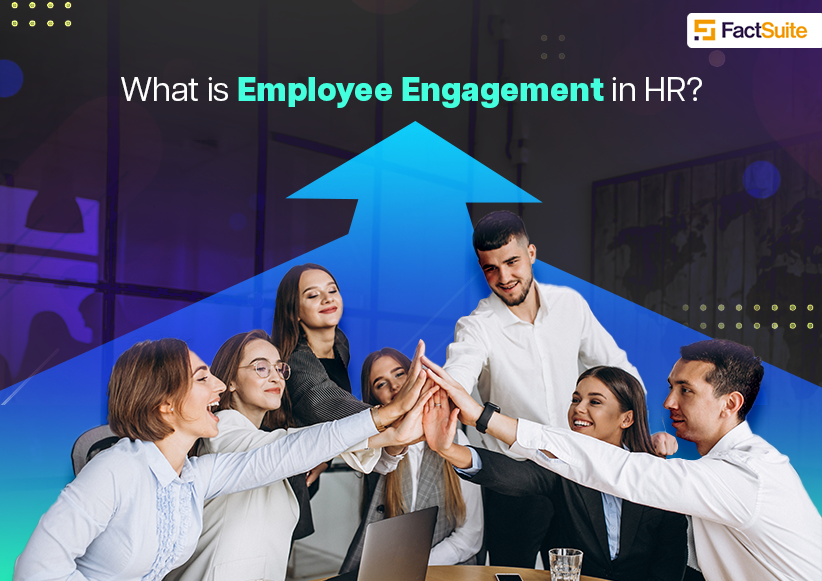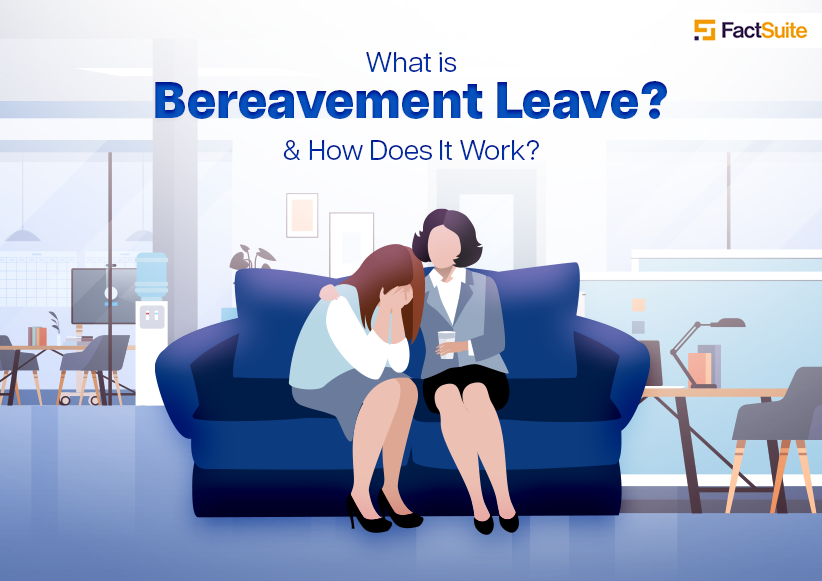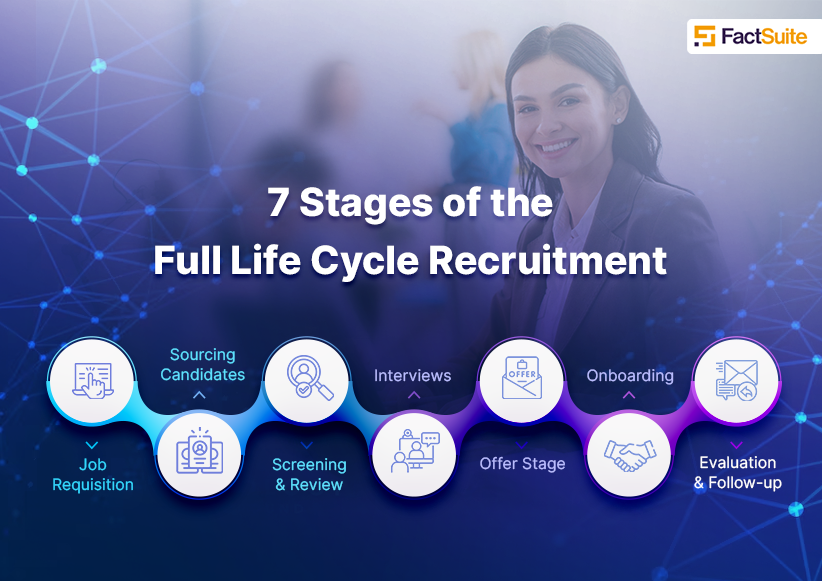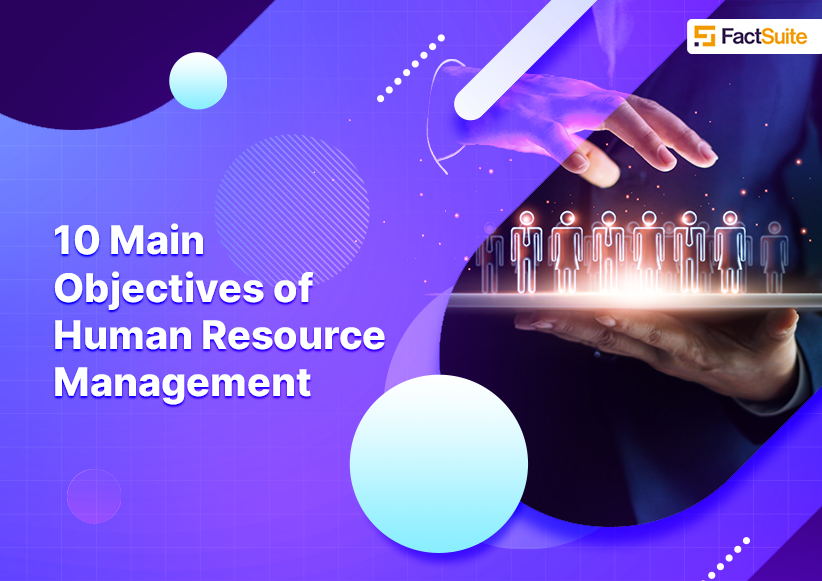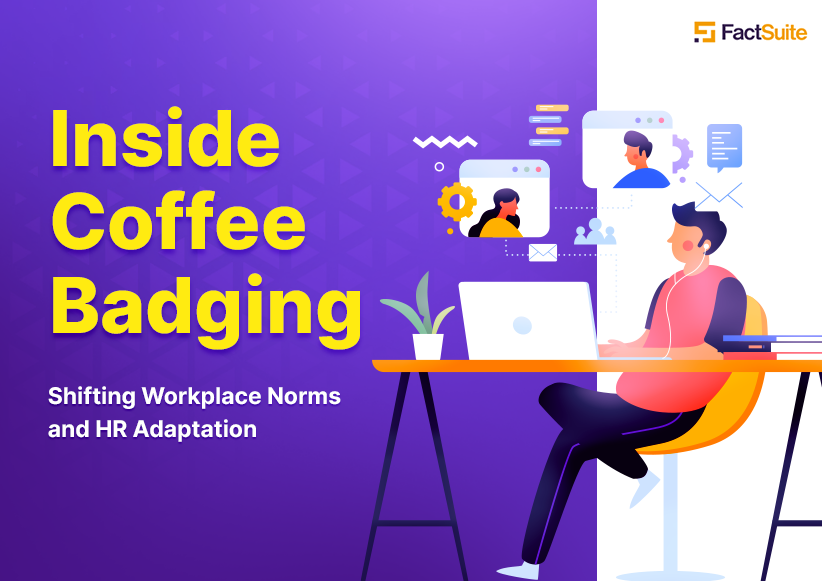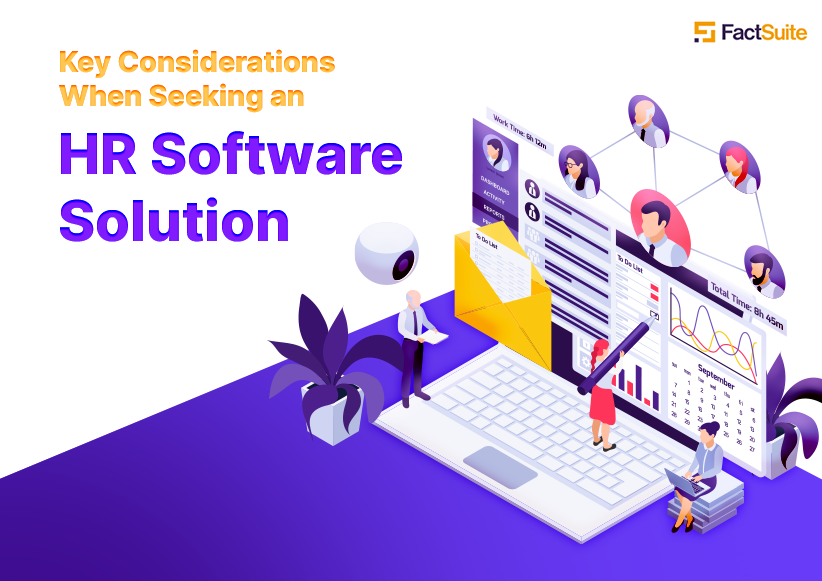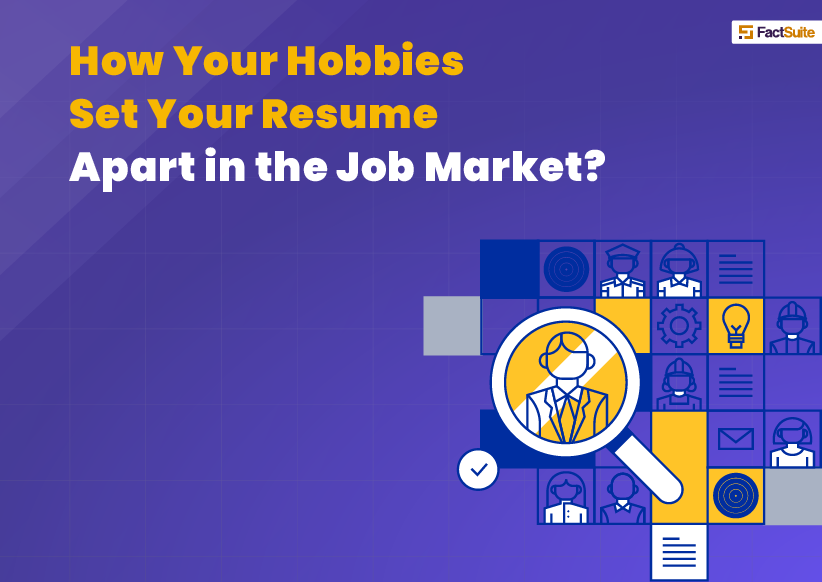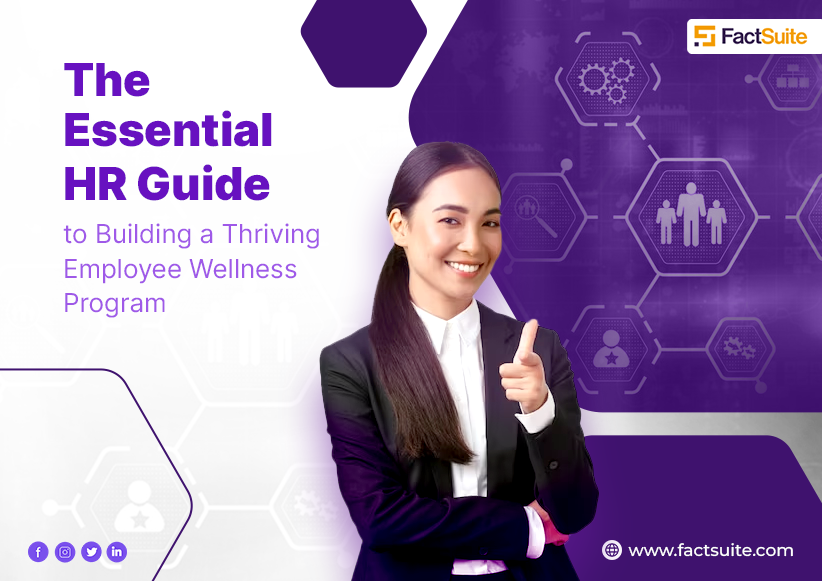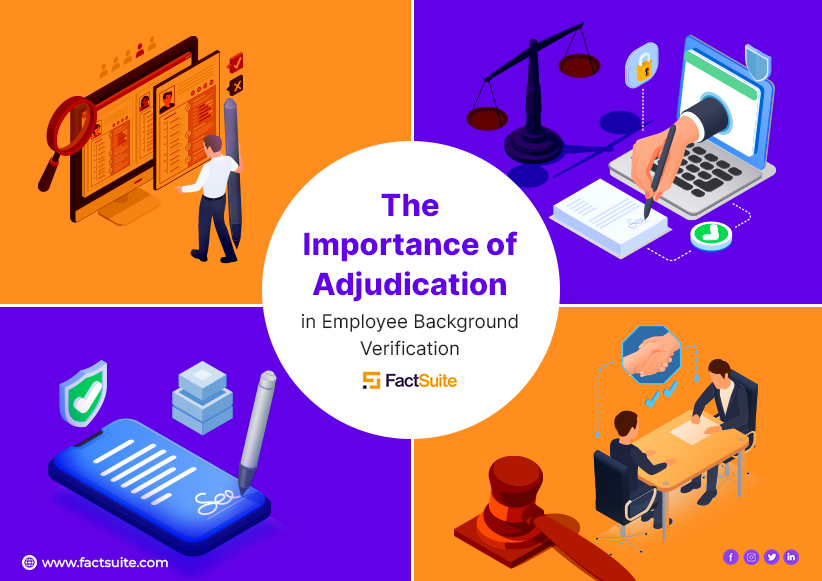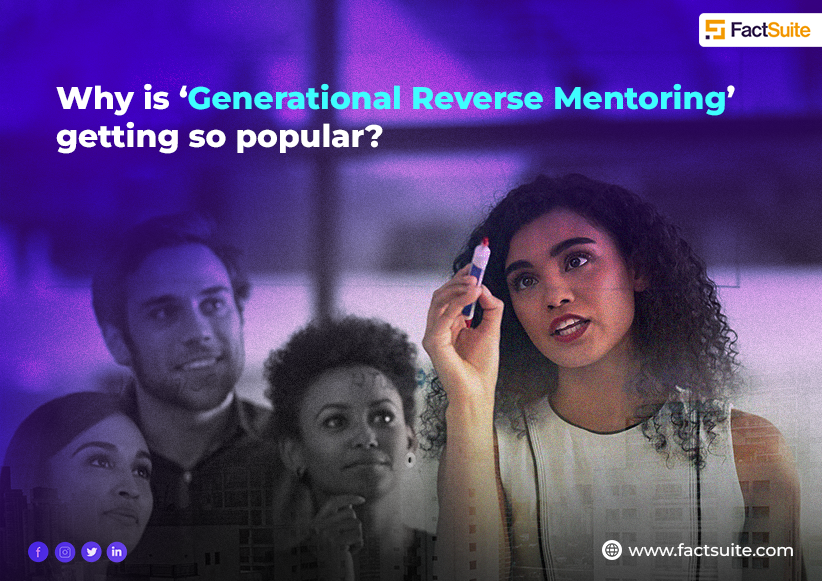Managing the Immigrated Employees- Know everything here!

The United Nations estimates that there are over 244 million migrants worldwide, providing a substantial amount of skilled and educated new employees. With bright and educated new people, the labor market may be shaped. Numerous organizations are embracing migrants into the workforce and capitalizing on their abilities, resulting in substantial financial value. Nonetheless, migrants continue to confront enormous obstacles to effective absorption into the labor market, with many professionals and skilled individuals being imprisoned in positions that do not utilize their talents, education, and knowledge.
Employers may promote the integration of refugees and other migrants in their employment in a variety of ways. Integration of immigrants into the workforce demands a fair playing field. This may be accomplished by implementing policies and procedures that facilitate the reintegration of new migrants into the workforce. To successfully implement inclusive practices and policies for the benefit of all business members, consultation with an experienced migration agent is essential. The next section contains an employer's guidance on integrating migrants into the workplace.
Advantages of an International Workforce for Your Organization
Some businesses want to hire overseas workers out of need, while others do so to enhance or grow their operations. Regardless of the reason, there are several benefits to deploying an international workforce, and although the process of recruiting foreign workers is not without its problems, the majority of companies find it to be well worth their time and effort.
1) Fill positions with an overseas workforce for which there are insufficient highly-skilled American candidates.
In several industries, the United States has a severe lack of highly trained personnel. The STEM (Science, Technology, Engineering, and Mathematics) industries may lack the native talent required for their success. If you are having difficulty locating appropriate people in the United States for the positions you need to fill, there are well-established pathways for recruiting a foreign workforce, such as:
- The H-1B visa for professionals with exceptional qualifications;
- The O-1 visa is for workers with extraordinary ability; L-1 visas and B visas are for businesses with offices, partners, or subsidiaries outside the United States; The Conrad Waiver for J-1 visa holders is used by healthcare institutions in medically underserved areas; and The EB and NIW petitions provide green cards to the best and brightest in their field.
- The most popular visa route for highly qualified employees is the H-1B visa, which is granted to foreign professionals with a bachelor's degree or above. Higher education institutions, nonprofits affiliated with higher education institutions, and non-profit research groups are eligible for cap-exempt H-1B visas.
Other visa possibilities for highly qualified individuals include the O-1 visa for exceptionally talented professionals. Individuals with remarkable skill in a particular subject or in a field deemed to be in the "National Interest" of the United States are eligible to self-petition for a green card under the EB-1 visa or National Interest Waiver.
2) Language and International understanding
If you want to do worldwide business, you need people that are fluent in the local language and familiar with the local markets. Consider employing a member of the market in which you intend to conduct business. This will guarantee that the individual can communicate effectively and understands the cultural subtleties that might make or break a contract.
Companies with international offices can utilize the L-1A and L-1B visa categories to employ executives, managers, and workers with specific skills in their U.S. offices. Employees on the L-1A visa may remain in the United States for up to seven years (with extensions) and on the L-1B visa for up to five years (with extensions). During their visa stay, they may be sponsored or seek permanent residence status.
Employers can use the B-1 visa for short-term work, such as bringing an employee to the United States for meetings or to receive or deliver training. During their B-1 visa stay, the employee must remain on an overseas payroll.
Employers undergoing the Treaty NAFTA process may use TN visas, which are frequently employed when H-1B visas are unavailable due to a "cap out." Professional personnel in medical disciplines, science sectors, teaching jobs, and other fields such as engineering, architecture, and technology are eligible for TN visas.
3) Originality and viewpoints
Sometimes, a company's originality might be hampered by a homogeneous staff of people from similar backgrounds. Employing foreign staff offers individuals with unique viewpoints into your organization, as they hail from diverse countries. The optimal recipe for creativity and innovation that may propel your business to new heights is the combination of ideas and viewpoints from other cultures.
Employers who serve varied customers find it especially advantageous to employ with diversity in mind. Cap-exempt H-1B visas are available to higher education institutions and healthcare facilities. Additionally, hospitals in medically deprived regions can utilize the Conrad Waiver to engage U.S. medical graduates to solve healthcare delivery deficiencies.
Overcome any immigration obstacles
Monitoring the Status and Validity of Visas
The visas and permissions of your employees must be checked for validity and future changes in conditions. For instance, your employee's business visa may expire, or a change in their job assignment may need a long-term work permit. To prevent your workers from acquiring unintentional tax residence, you must also keep track of the total number of days they spend in a nation.
Occasionally, an unanticipated withdrawal from the nation may become essential as a rapid repair for visa infractions, in which case you may need to seek alternative options.
Educate Staff and Independent Contractors on Immigration Regulations
Workers on assignment can help you monitor rule changes and should be aware of how their employment or time spent in the nation may influence their immigration status. A worker may be unaware that their success in securing new client contracts may require them to seek a work permit.
By informing your workers and contractors, you may assist them in avoiding problems and enlist their assistance in monitoring their visa status. Since the worker is frequently stopped by immigration and questioned about their visa status, this portion of the assignment will be of natural interest to them.
Monitoring and Regular Audits of Immigration Policies
As foreign immigration authorities crack down on the abuse of business visas for lengthy stays, tracking business travel has become a top goal for many corporations. If your business operates in numerous countries abroad, a tracking system with triggers and warnings is required to maintain continuous compliance.
Among the items to monitor are:
- Anticipated Length of the employee's stay
- Length of business visa and renewals permitted
- Types of commercial activities that may exceed business visa limits
- Previous business visas for entry into the country by the employee
- Review of days spent in the country and visa renewals after departure
Summary
Managing immigration laws and monitoring personnel on overseas assignments are more important than ever to maintain compliance with local immigration and employment regulations. Integrated tracking systems with HR notifications help reduce the likelihood of non-compliance and streamline communication and travel planning. In the end, professional assistance or the assistance of a third party may be necessary to meet all standards and avoid immigration fines.

